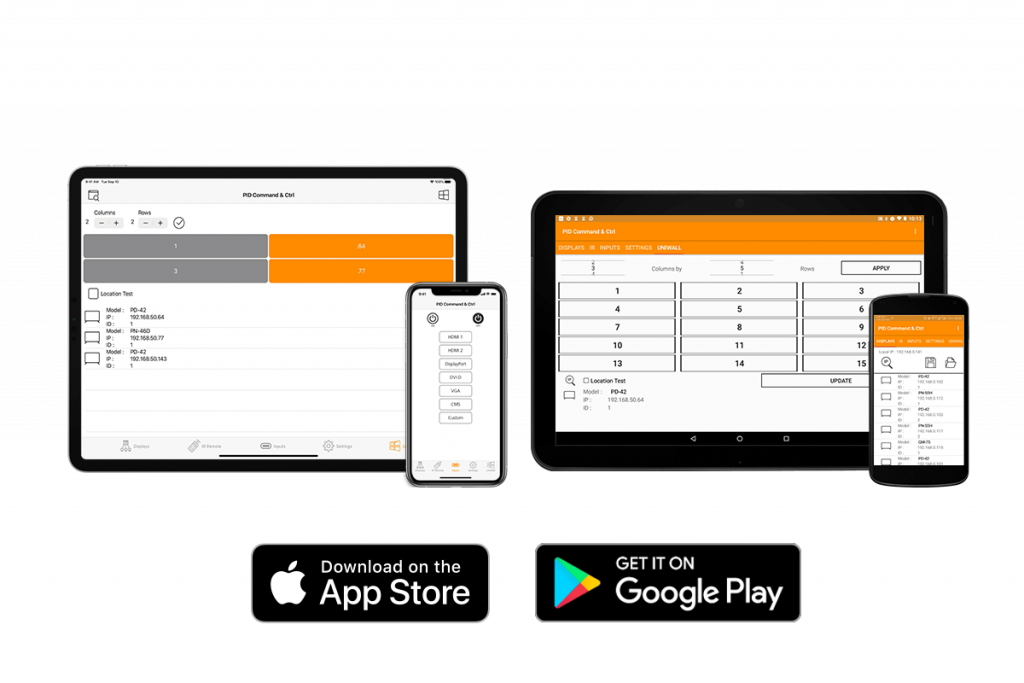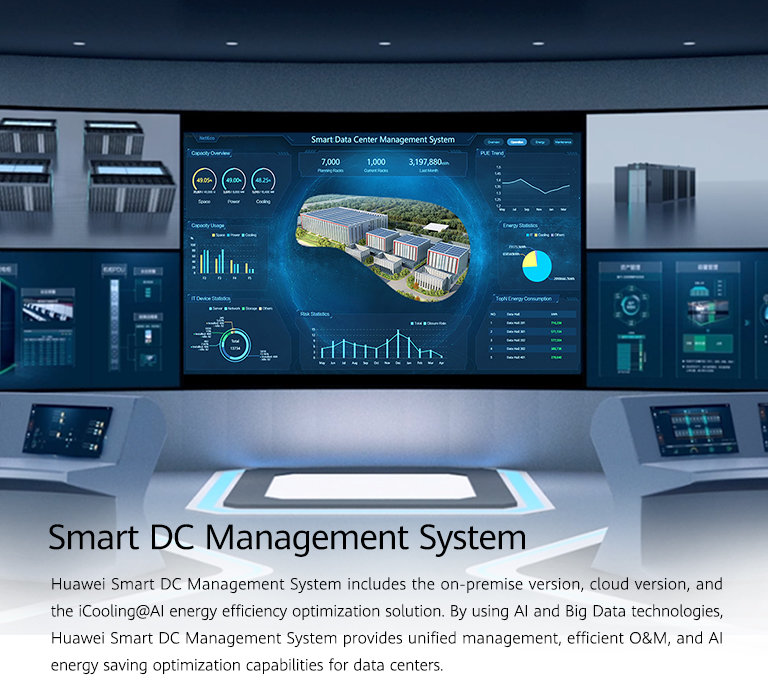Changing Information Management: How MODBUS CLOUD SERVICES Change Industrial Automation
Wiki Article
Explore Exactly How Innovative Show Monitoring Enhances Your Signage System for Better Target Market Engagement
In today's quickly evolving digital landscape, efficient display screen monitoring has arised as a pivotal consider maximizing signage systems for improved target market interaction. By harnessing sophisticated modern technologies and data-driven strategies, organizations can produce customized, interactive experiences that not just capture interest however additionally foster purposeful links with their customers. This change in the direction of a more vibrant technique elevates essential questions concerning the methods and tools offered to make best use of impact. What ingenious methods can be utilized to raise your signage method and genuinely resonate with your audience?The Importance of Display Management
Acknowledging the important function of efficient display management in modern signs, services can dramatically boost their interaction methods - remote content management. Display monitoring includes the systematic company, scheduling, and content distribution of visual information to make certain that messages are not only seen but likewise comprehended and retained by the target marketIn an age where consumer focus is short lived, the ability to take care of displays effectively becomes extremely important. Appropriate display monitoring allows organizations to tailor web content to particular target markets, guaranteeing importance and interaction. By making use of targeted messaging, organizations can adapt their displays to show existing promotions, occasions, or seasonal changes, consequently optimizing visitor communication.
Moreover, constant and systematic display screen management contributes to brand name identification. A unified aesthetic presentation promotes acknowledgment and trust amongst consumers, urging commitment and repeat company. Furthermore, incorporating real-time updates and analytics into screen management systems improves responsiveness to market characteristics, permitting companies to pivot methods promptly in response to consumer actions or external trends.
Eventually, reliable display screen management is not merely an operational need; it is a tactical imperative that can drive interaction, improve brand name assumption, and inevitably contribute to a company's bottom line.
Trick Technologies in Signs
Reliable display screen monitoring counts greatly on the assimilation of innovative modern technologies that improve the capacities of signs. Central to this integration are electronic display screens, which offer dynamic content capabilities, enabling real-time updates and interactive features that engage target markets a lot more properly than standard static signs.One more vital modern technology is content management systems (CMS), which simplify the production, organizing, and distribution of content across several screens. These systems enable organizations to customize messages based on audience demographics, time of day, or area, therefore optimizing involvement.
Connection is also vital, with cloud-based remedies promoting remote monitoring of signs networks - foot traffic measurement. This enables quick adjustments and updates without requiring physical access per area, leading to higher operational effectiveness
Additionally, sensing units and analytics play a significant function in understanding audience communications. By collecting information on audience involvement and habits, businesses can fine-tune their strategies and enhance content importance in time.
Last but not least, integrating fabricated knowledge into signs systems can improve customization, tailoring messages to certain audiences and more enhancing involvement. Collectively, these modern technologies form the foundation of modern-day signage, driving efficient target market communication and improving total communication methods.
Creating Engaging Content
While the innovation behind electronic signage is critical, the design of appealing web content is equally essential in recording and maintaining target market focus. Effective content style integrates aesthetic appeal, clearness, and importance to make certain the foot traffic measurement message resonates with the target audience.To create compelling digital signs content, it is necessary to recognize the audience's choices and demographics. Customizing messages to fulfill the particular rate of interests and demands of customers raises engagement and promotes a link in between the web content and the target market.
Making use of high-quality visuals, consisting of striking pictures and video clips, can dramatically boost the influence of the message. In addition, including vibrant elements such as animations or transitions can keep customer rate of interest and motivate interaction.
Text need to be succinct, with vital messages plainly showed to help with quick understanding. Making use of contrasting shades and understandable typefaces can additionally enhance readability and ease of access.
Lastly, making certain that web content is regularly upgraded and pertinent keeps the audience involved in time. By focusing on these concepts of efficient style, organizations can optimize their electronic signage systems, ultimately causing enhanced target market interaction and an extra impactful communication approach.

Gauging Target Market Interaction
Just how can companies accurately analyze the efficiency of their digital signs? Determining audience communication is essential for determining the effect of signage systems on customer engagement. Organizations can use a range of metrics and technologies to assess this communication efficiently.One reliable method is to use analytics devices that track visitor interaction via metrics such as dwell time, foot traffic, and material communication rates. By integrating sensors or video cameras with innovative analytics software application, companies can gather real-time data on the amount of individuals engage with the signs, the period of their engagement, and even their group profiles.

Moreover, evaluating social media sites communications and online discusses can assist assess audience belief in the direction of the presented web content. Inevitably, combining quantitative data with qualitative insights enables organizations to refine their signage techniques, ensuring they stay appealing and appropriate to their designated target market. Through these methods, organizations can enhance their digital signs's performance, cultivating an extra interesting viewer experience.
Future Trends in Display Management
As organizations continue to advance in their method to digital signage, several future patterns in display screen monitoring are arising that pledge to improve audience engagement and functional performance. One famous trend is the assimilation of expert system (AI) and artificial intelligence, making it possible for vibrant content personalization based upon audience demographics and behavior. This modern technology enables for real-time modifications, guaranteeing that the displayed messages reverberate with the target audience.Another substantial fad is the fostering of cloud-based display monitoring systems. These platforms facilitate systematized control and remote tracking of signs networks, enhancing content updates and troubleshooting procedures. This versatility is important for organizations with several locations.
Furthermore, the rise of interactive screens, such as touchscreens and gesture-based controls, is set to redefine audience communication. These technologies urge engagement by permitting viewers to discover content at their very own rate, thus creating a much more immersive experience.
Lastly, sustainability is ending up being a top priority, with an increasing focus on environment-friendly materials and energy-efficient screens. DISPLAY MANAGEMENT. This trend not just minimizes operational expenses however additionally lines up with company social responsibility objectives. Collectively, these fads show a change toward extra intelligent, user-centric, and environmentally mindful signage solutions
Conclusion
Finally, cutting-edge screen management represents a transformative strategy to signage systems, improving target market involvement through the assimilation of sophisticated modern technologies and customized material. Real-time updates and interactive functions promote a much deeper connection with audiences, inevitably enhancing brand name identity and driving customer count on. As businesses remain to embrace these methods, the potential for boosted interaction and favorable organization results becomes progressively noticeable, leading the way for future developments in screen monitoring and target market interaction.In today's rapidly advancing digital landscape, reliable display screen management has actually arised as a pivotal element in optimizing signage systems for improved target market involvement. Correct display administration enables services to tailor content to details audiences, guaranteeing importance and engagement.Moreover, assessing social media interactions and online mentions can help gauge audience belief towards the displayed content.In final thought, cutting-edge display administration represents a transformative method to signage systems, improving audience interaction via the integration of innovative innovations and customized web content. As organizations proceed to adopt these techniques, the potential for improved engagement and favorable company outcomes ends up being significantly obvious, paving the means for future improvements in screen management and audience communication.
Report this wiki page